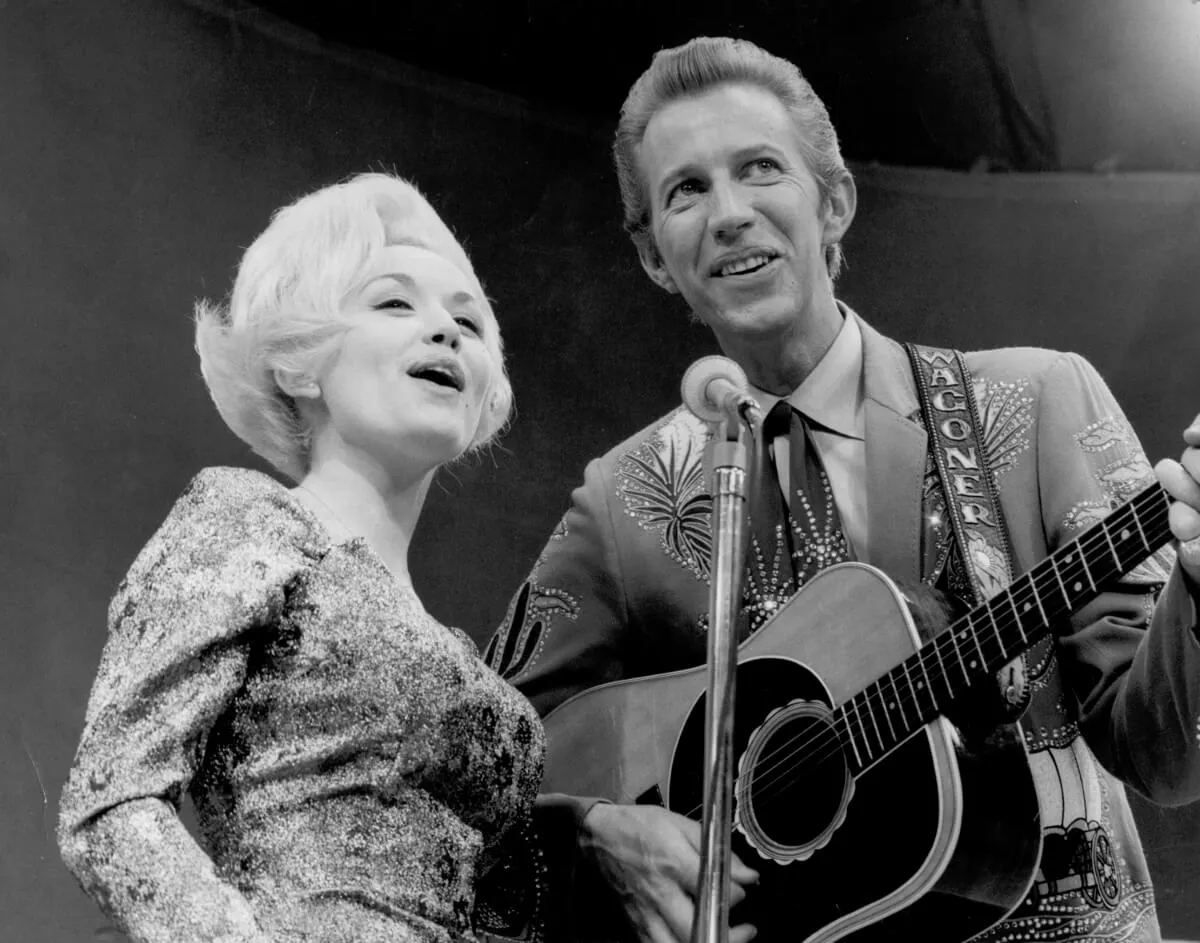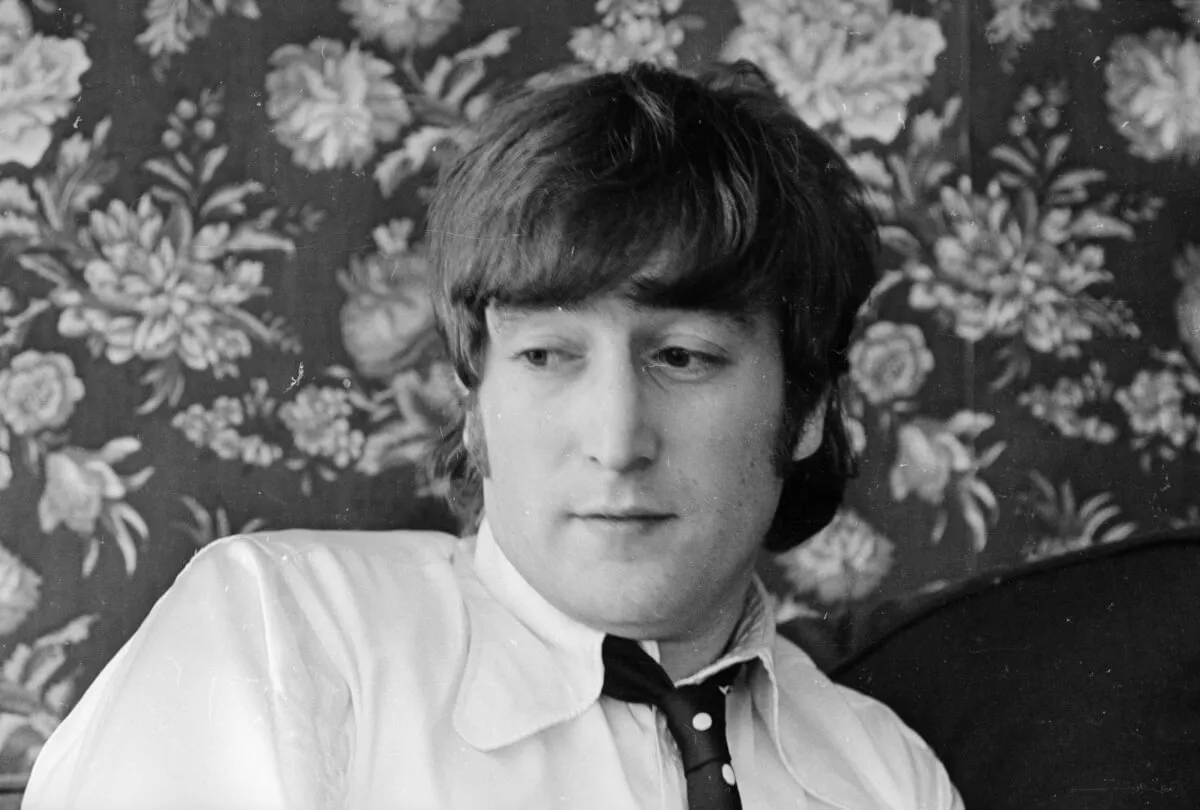Why Did Mary J. Blige Write ‘No More Drama’?
Throughout her time in the public eye, Mary J. Blige has been through her fair share of drama. The Grammy-winning singer has been in relationships that have been scrutinized and had her personal life dissected for others.
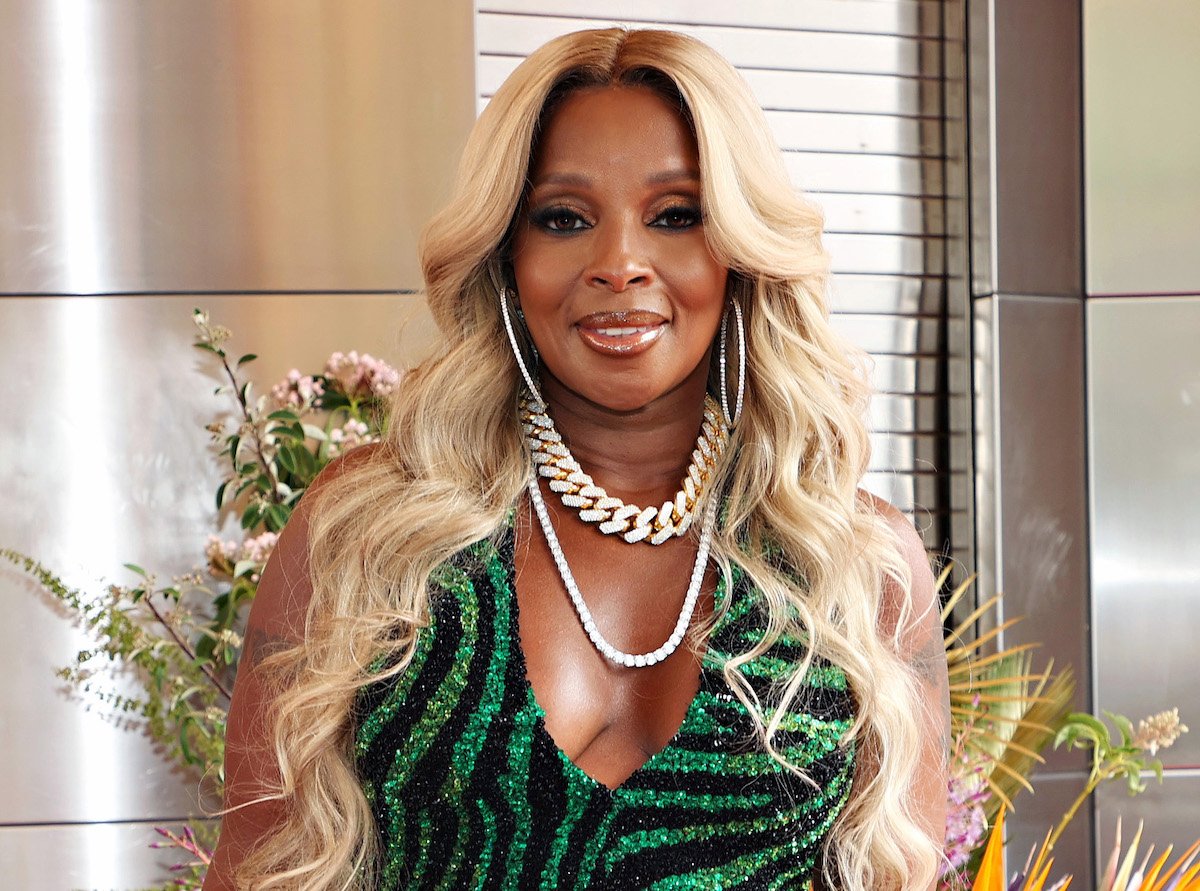
Mary J. Blige’s early career
Mary J. Blige grew up in the Schlobohm housing projects in Yonkers, New York. As a child, she witnessed abuse and experienced it firsthand, and her struggles continued through her teenage years.
Blige reflected on growing up in the projects in her 2021 documentary Mary J. Blige’s My Life. “It wasn’t like I was running around telling everybody I was going to be a singer,” she admitted. “I didn’t dream big or think for a moment that it was like, ‘OK, I’m going to be this big star,’ because our environment didn’t tell us that. Our environment told us that this was it.”
Still, Blige’s love of music led her to record herself singing Anita Baker’s classic ballad “Caught Up in the Rapture” in a mall recording booth. The tape found its way into the hands of Uptown Records founder Andre Harrell, and practically overnight, Blige was a signed recording artist.
Her 1992 debut album What’s the 411? and the iconic follow-up My Life put her on the map as a one-of-a-kind R&B singer with a one-of-a-kind voice. She spoke honestly about her experiences with abuse and addiction, which at the time included her abusive relationship with Jodeci singer K-Ci.
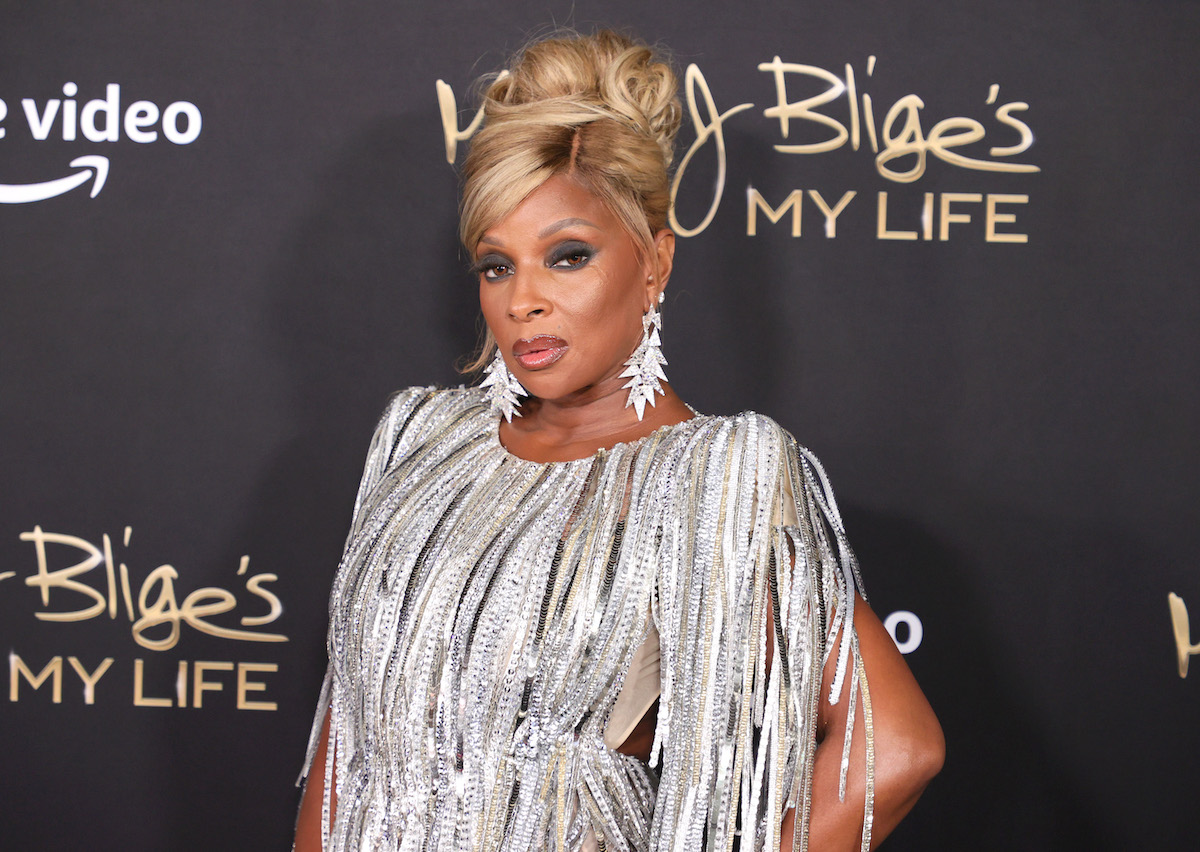
Mary J. Blige’s ‘No More Drama’ album
Blige continued to bare her soul on her subsequent albums Share My World and Mary, released in the late 1990s. Her 2001 album No More Drama marked a pivotal point in Blige’s career.
No More Drama was fronted by the smash lead single “Family Affair,” produced by the iconic Dr. Dre. “Family Affair” reached number 1 on the Billboard Hot 100 chart — Blige’s only song to ever top the chart. The same year the album was released, she performed at the Super Bowl halftime show.
The album’s title track was also released as a single, and it captured the essence of the album’s message and where Blige was at that point in her life.
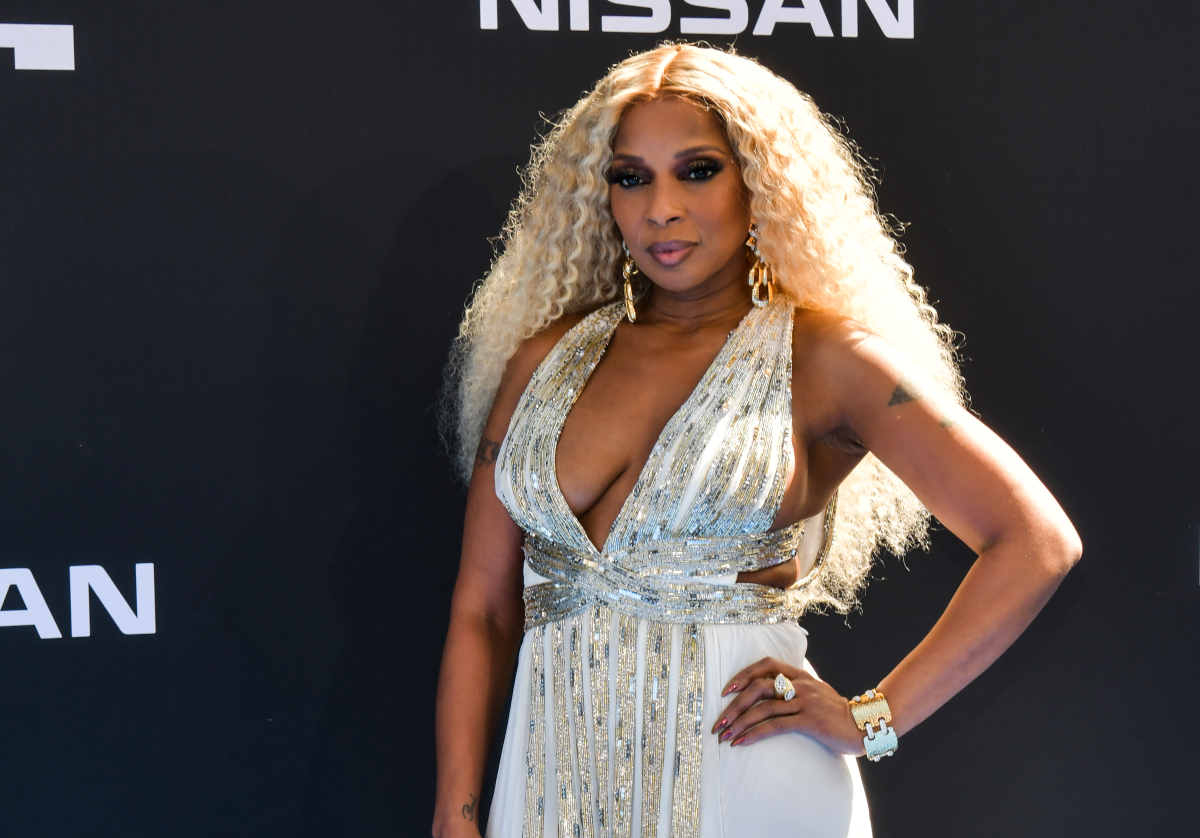
‘No More Drama’s meaning
Produced by the iconic songwriter/producer duo Jimmy Jam and Terry Lewis, “No More Drama” peaked at number 15 on the Hot 100 and the music video won the award for Best R&B Video at the MTV Video Music Awards. The song famously samples “Nadia’s Theme,” the unmistakable piano-driven theme music for the iconic soap opera The Young and the Restless.
“No More Drama” is about overcoming hard times and moving on from the pain — topics that obviously resonated with Blige. Jam and Lewis spent lots of time with Blige before they wrote the song, and when she heard it, she felt it told her story perfectly and didn’t change a word.
Jam and Lewis reflected on creating the song in a 2015 interview with Rolling Stone.
“I’m a big soap opera fan, and I always wanted to do something using The Young and the Restless theme,” Jam admitted. “We figured Mary was at a point in her life that she knew about drama and it was a song lyrically she could sing. We wrote all the lyrics, but always with the intention that she would rewrite it to make it personal to her. When we went to New York, she listened to it and said: ‘You been following me around with a spy or something? This is exactly what I’m feeling. I’m not changing a thing on this one.'”
“It was her album’s title track and a very pivotal single for her because it was her declaration after all these records and all these years of abuse and sadness,” he continued. “She’s putting her foot down and saying ‘No more drama.’ And ironically doing it to a soap opera theme with a hip-hop beat.”
“Mary’s just so soulful,” Lewis added. “She gives me chills when she sings. She’s so committed to everything she does. When she grabs it, she takes it to a place no one else can take it. She’s a special singer — a sanger instead of a singer. She sangs.”
